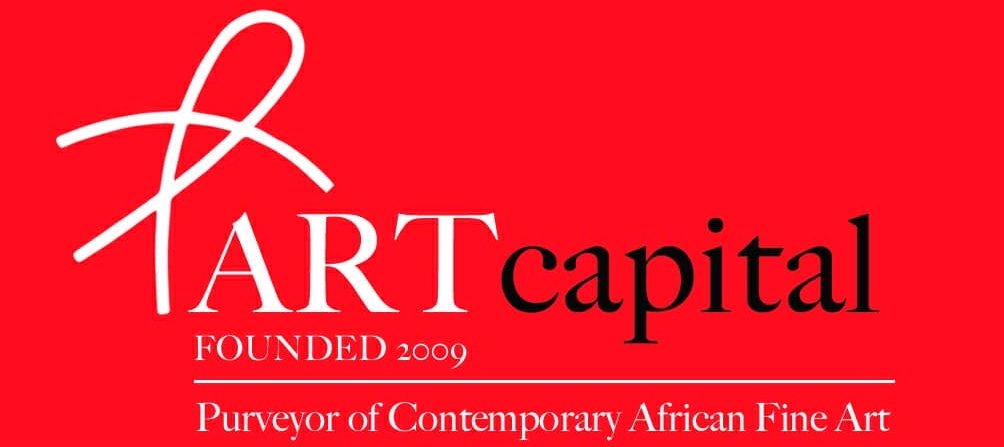THE CALLIGRAPHY OF VINCENT ABADIE HAFEZ (aka ZEPHA)
By Nii B. Andrews
Arabic calligraphy has an important and rich history.
In Arabic and Muslim majority societies, calligraphy plays a role that exceeds that which it is accorded in the West….but we must never forget that Casablanca is west of London.
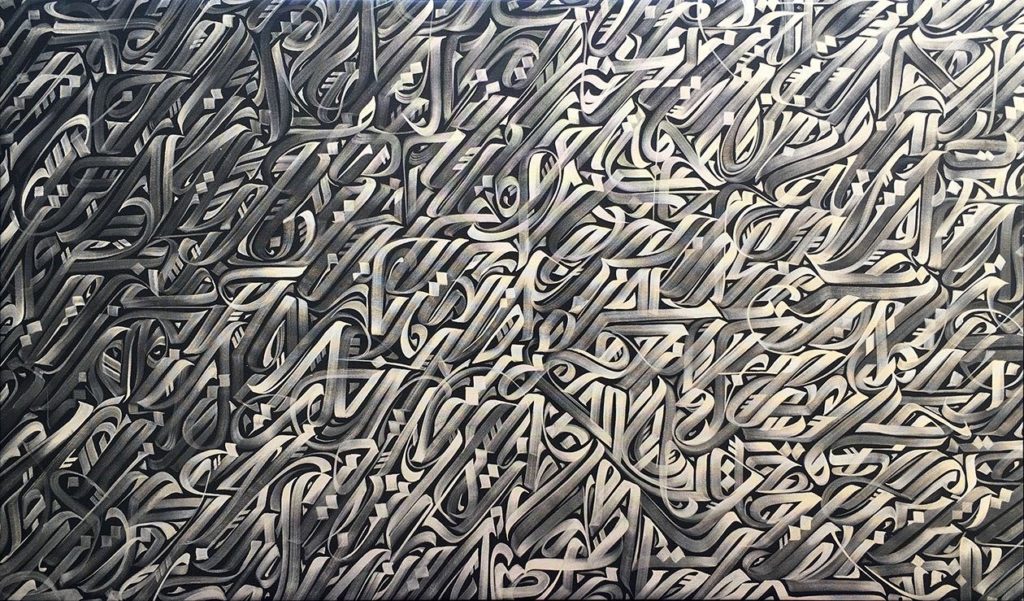
Arabic calligraphy has been described as producing a balance between black and white; positive and negative space; substance and void, thus providing a symmetry such that depending on the depths of our individual spirituality, it could assist in creating peace within us.
Both traditional and modern tools have been brought to bear on the six distinct types of Arabic calligraphic script (kufic, diwani, persian, thuluth, nuskhi, maghribi).
The kufic and diwani – the most famous of the scripts and the ones most used by calligraphers, have been subjugated to the needs of every epoch, thus making it a timeless and universal art form.
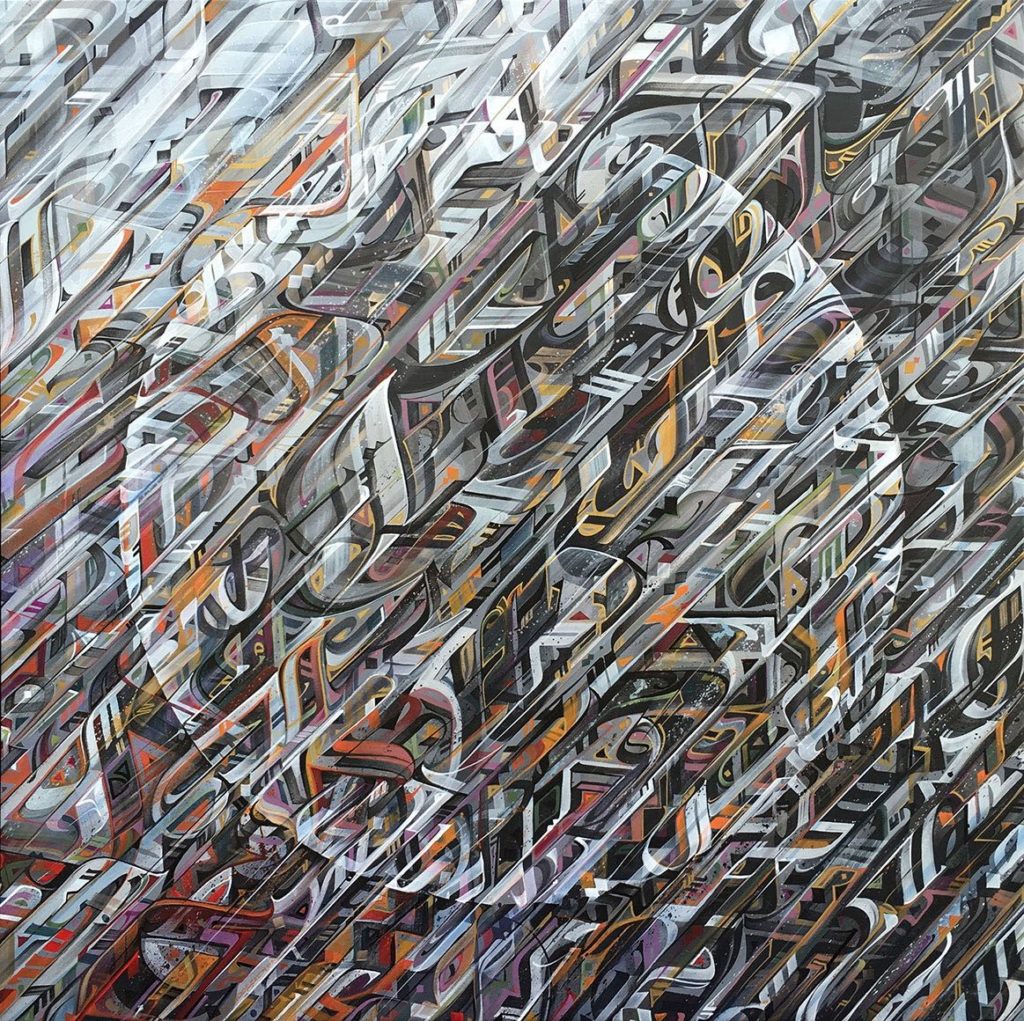
Artists in our era have also mined the ancient medium in order to provide further insights into contemporary life.
One such artist is Vincent Abadie Hafez (aka Zepha).
His work has been described as “an incantation to what is universal”.
The freedom of expression that has flourished amongst calligraphers reaches a crescendo in Zepha’s work; a burst of creativity -a triumph of the human spirit that makes us want to applaud in wonder.
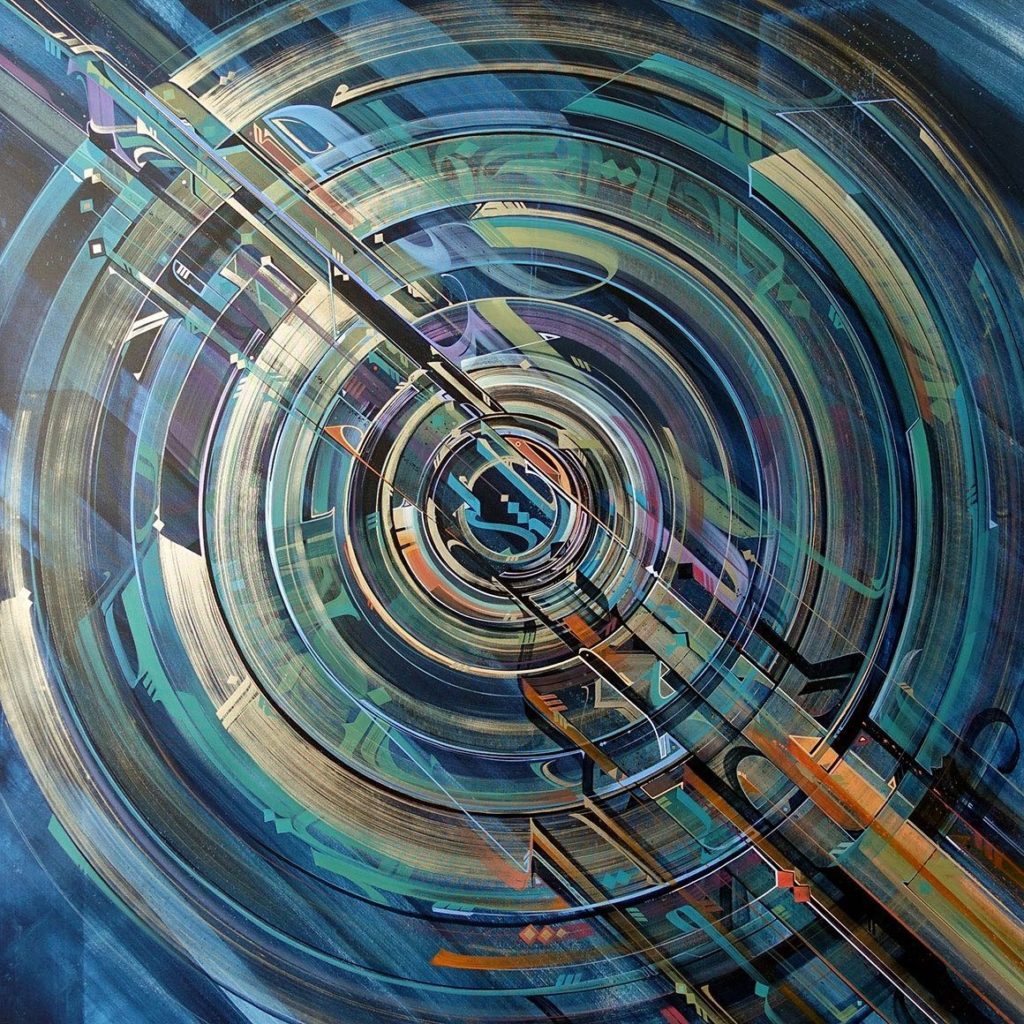
The potency and lyricism in his paintings and sculptures posit an enduring contemporary humanism based on the commonalities within all civilisations and cultures.
Zepha’s use of Arabic calligraphy is also an acknowledgement of the power of symbolism embodied in the art of writing – an art that transcends all frontiers.
It is not at all surprising that Zepha has enjoyed resounding and growing success in both east and west.
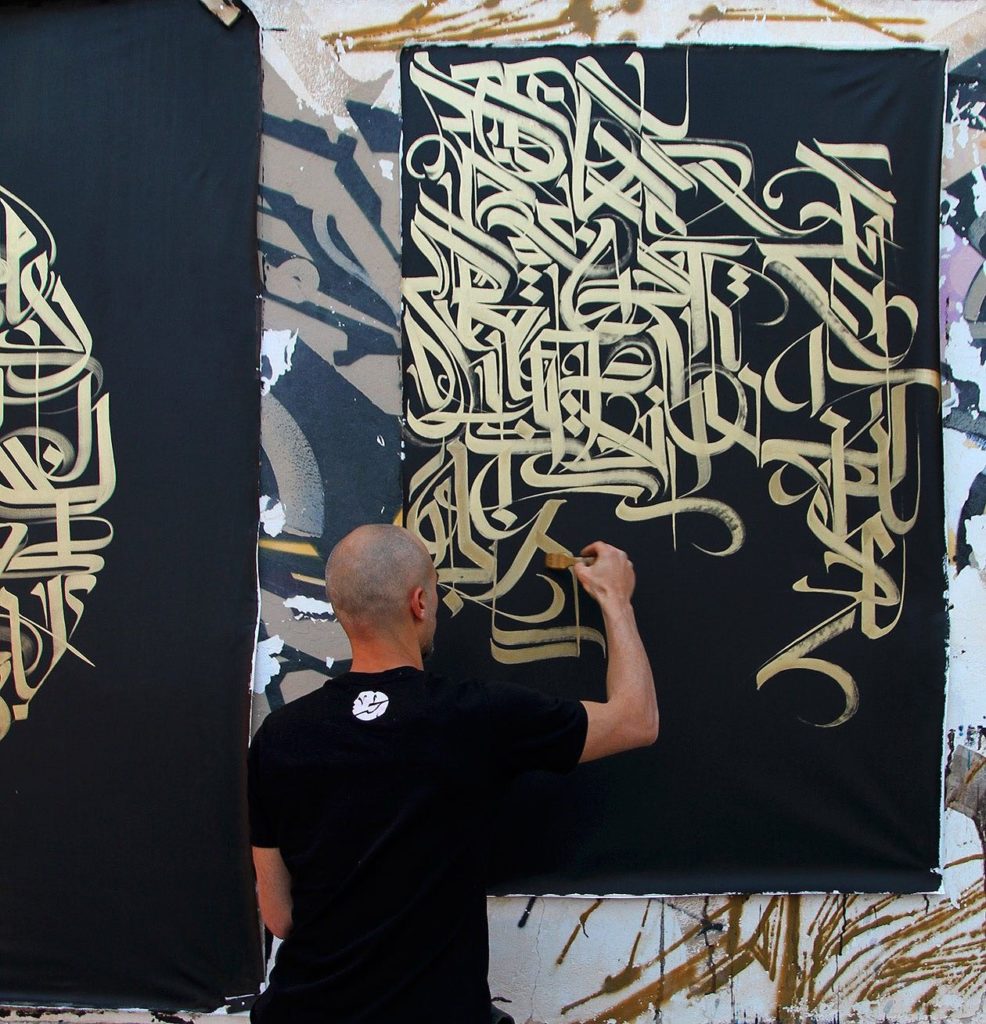
“Urban Jealousy”, an exhibition of Zepha’s latest works, opens at the David Bloch Gallery in Marrakech-Gueliz on October 6; it will last for four weeks.
